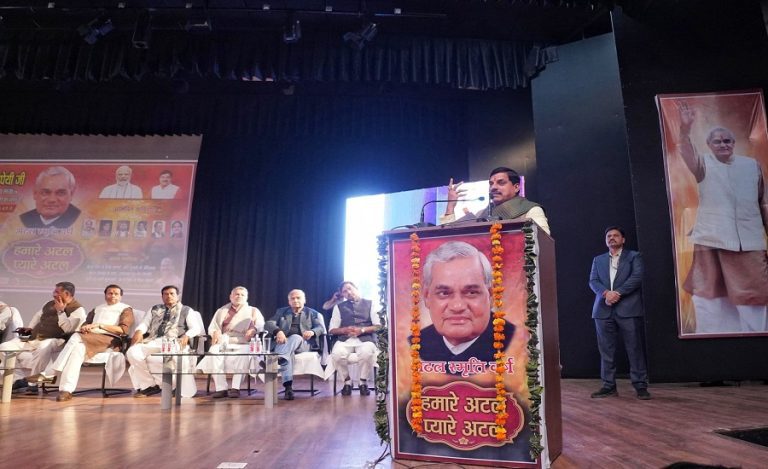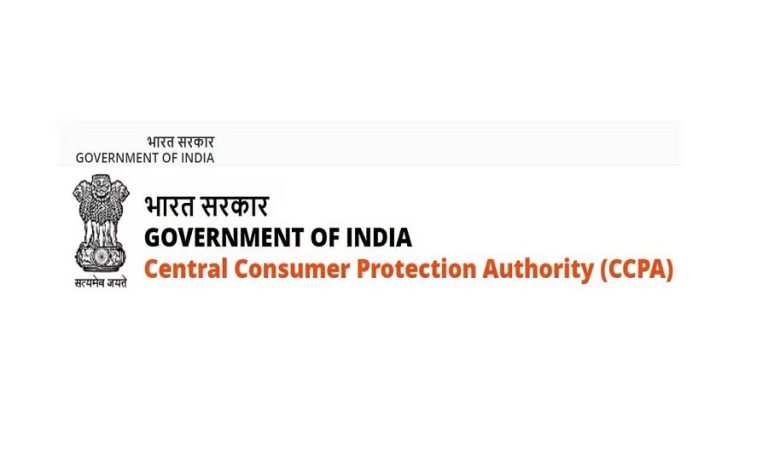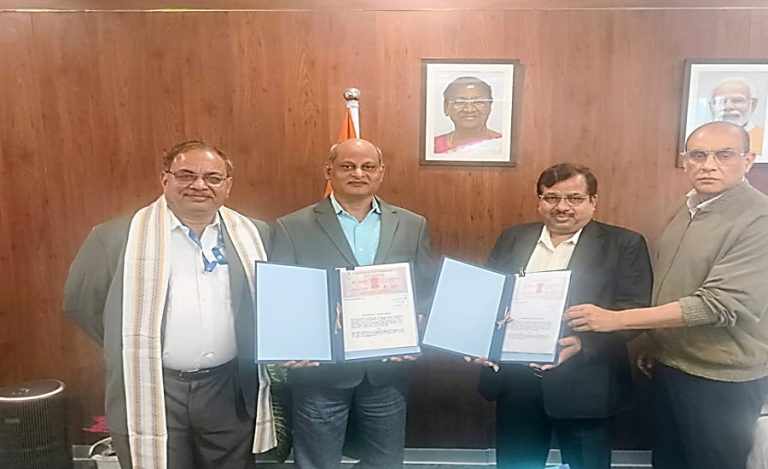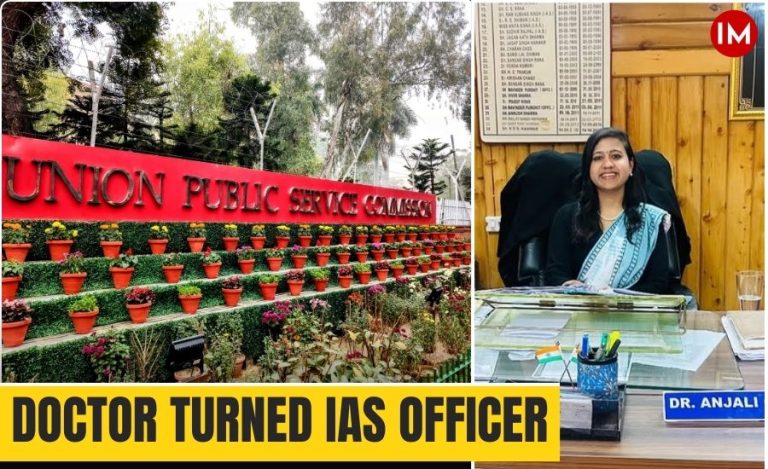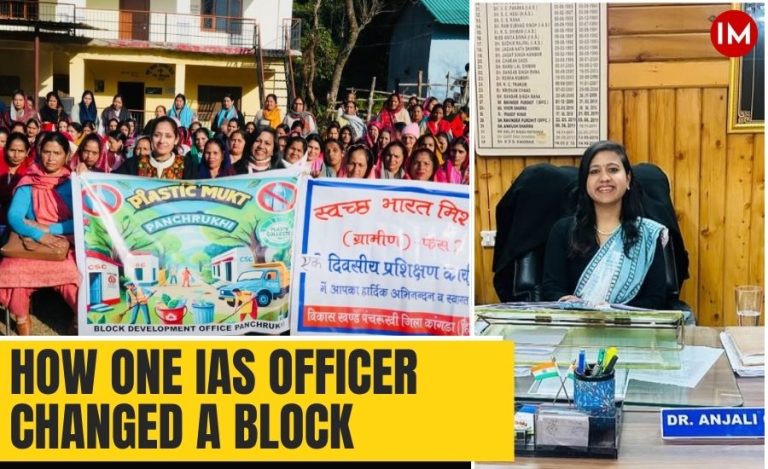With the AAP’s electoral debacle and the BJP securing a thumping majority, civil servants in Delhi appear more at ease. The presence of a “double-engine government”—with the same ruling party at both the Centre and Delhi—is expected to provide greater clarity in governance and decision-making.
Since AAP came to power in 2014, often in contention with the BJP-led Central Government, bureaucrats found themselves caught in political crossfires, leading to administrative complexities. Now, with the Ministry of Home Affairs (MHA) controlling the AGMUT Cadre (which includes IAS, IPS, DANICS, and DANIPS officers), officials can function under a unified command.
While the Delhi Government may now operate in alignment with the Centre, bureaucrats see the new Pay Commission benefits and Income Tax relief as added positives to the transition. The shift is expected to bring stability, clearer directives, and smoother governance for Delhi’s administrative machinery.
DANICS (Delhi, Andaman and Nicobar Islands Civil Service) and DANIPS (Delhi, Andaman and Nicobar Islands Police Service) officers are part of the Armed Forces Headquarters Civil Service (AFHCS) and serve under the Ministry of Home Affairs (MHA). These officers play a crucial role in the governance and law enforcement of Delhi, Puducherry, Andaman & Nicobar Islands, Lakshadweep, Dadra & Nagar Haveli, and Daman & Diu. DANICS officers typically handle administrative roles, including those of Sub-Divisional Magistrates (SDMs), Additional District Magistrates (ADMs), and Deputy Commissioners (DCs), ensuring smooth implementation of government policies. On the other hand, DANIPS officers serve in policing roles, often appointed as Assistant Commissioners of Police (ACPs) and Superintendents of Police (SPs), maintaining law and order in their respective territories. Over time, both cadres can be promoted to IAS and IPS ranks, making them integral to the governance and security framework of these Union Territories and Delhi.
Also Read: 2 Judges Appointed to Delhi High Court As Approved By the Supreme Court Collegium


